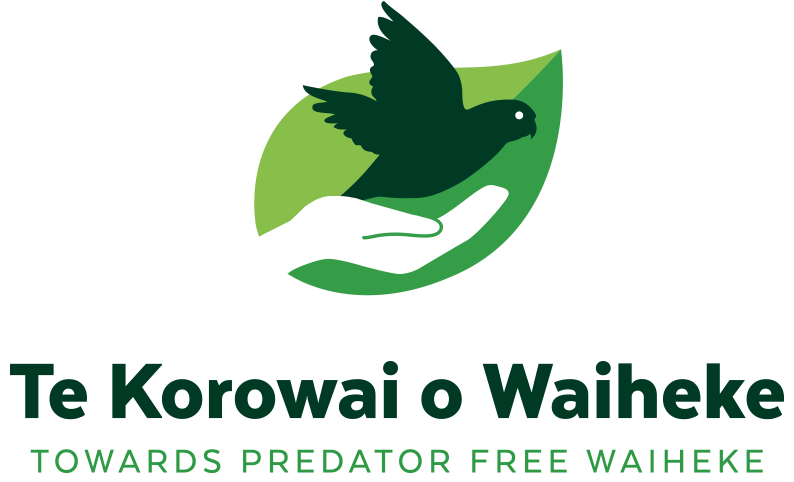Rat eradication to be tested on Waiheke
Years of dedicated community pest control has led to the exciting opportunity to test eradicating rats on Waiheke Island. More than a thousand people on Waiheke are currently involved in community rat control groups, which is a big reason why Waiheke was chosen to conduct a rat eradication pilot.
Waiheke Island is in the enviable position of not having possums. Goats have already been eradicated, pigs have nearly been eradicated and an island-wide stoat eradication programme is underway. It is surrounded by many predator free islands and is part of the ‘seabird super-highway’ between the Coromandel Peninsula and the Auckland mainland. The opportunity for biodiversity to return and flourish following the removal of predators is both exciting and critical to the survival of many species.
To remove rats from the whole island, understanding what tools and techniques work best on Waiheke is crucial. 117 islands are now predator free around New Zealand, but many of these islands are uninhabited or have small resident populations. An island with 9030 permanent residents presents some unique challenges when it comes to removing every last rat!
“After almost a year of planning with community, mana whenua and technical specialists the team are excited to be out in the community talking to people about making the rat pilot a reality,” says Mary Frankham, Te Korowai o Waiheke Project Director.
The rat eradication pilot involves social research, monitoring, and on the ground operations. The operational area covers a wide range of habitats including mangroves, wetlands, large bush-covered areas, vineyards, industrial and commercial zones, large and small residential properties, food premises, the waste transfer station, and one of our gateways to Waiheke - the SeaLink ferry terminal. The people in the area include a mix of permanent residents, part-timers, and visitors.
From now until April 2022 permissions will be obtained from landowners, tenants and business owners in the rat pilot area, to place traps, bait stations and monitoring tools on their properties. Rats will be removed from this area over a four-month period – May to September 2022. Operations will be run over the winter period, as in winter food sources for rats are depleted and rats are more likely to be attracted to traps and bait stations.
Other aspects of the pilot include focus groups, stakeholder conversations and surveys. Monitoring inside and outside the pilot area will measure rat abundance and behaviour and will use tools such as wax tags, chew cards and tracking tunnels.
The pilot will also develop detection and response systems and protocols. This will be critical to maintaining zero rats in the area. The pilot is designed to find the answers to questions that island-wide rat eradication poses.
“Our hope is that this exciting programme provides the right information, enables continued funder investment, and sparks even more support for an island wide rat eradication.”
Te Korowai o Waiheke is a charitable trust established by the local community with the aim of restoring our island song together. An island wide stoat eradication has been running since February 2020 and the next phase of the project is a rat eradication pilot.
Te Korowai o Waiheke currently employs 11 full time staff, 6 part-time staff and 4-8 contract staff. Predator Free 2050 Ltd, Auckland Council and Foundation North are funders of Te Korowai o Waiheke, with support from the Department of Conservation, Lasso Media, Giltrap Group, MintersEllisonRuddWatts, Fullers 360, and ESRI.
Rat Pilot Operational Area includes Kennedy Point, Ostend, Te Whau Peninsula, and Rocky Bay.

